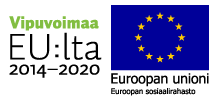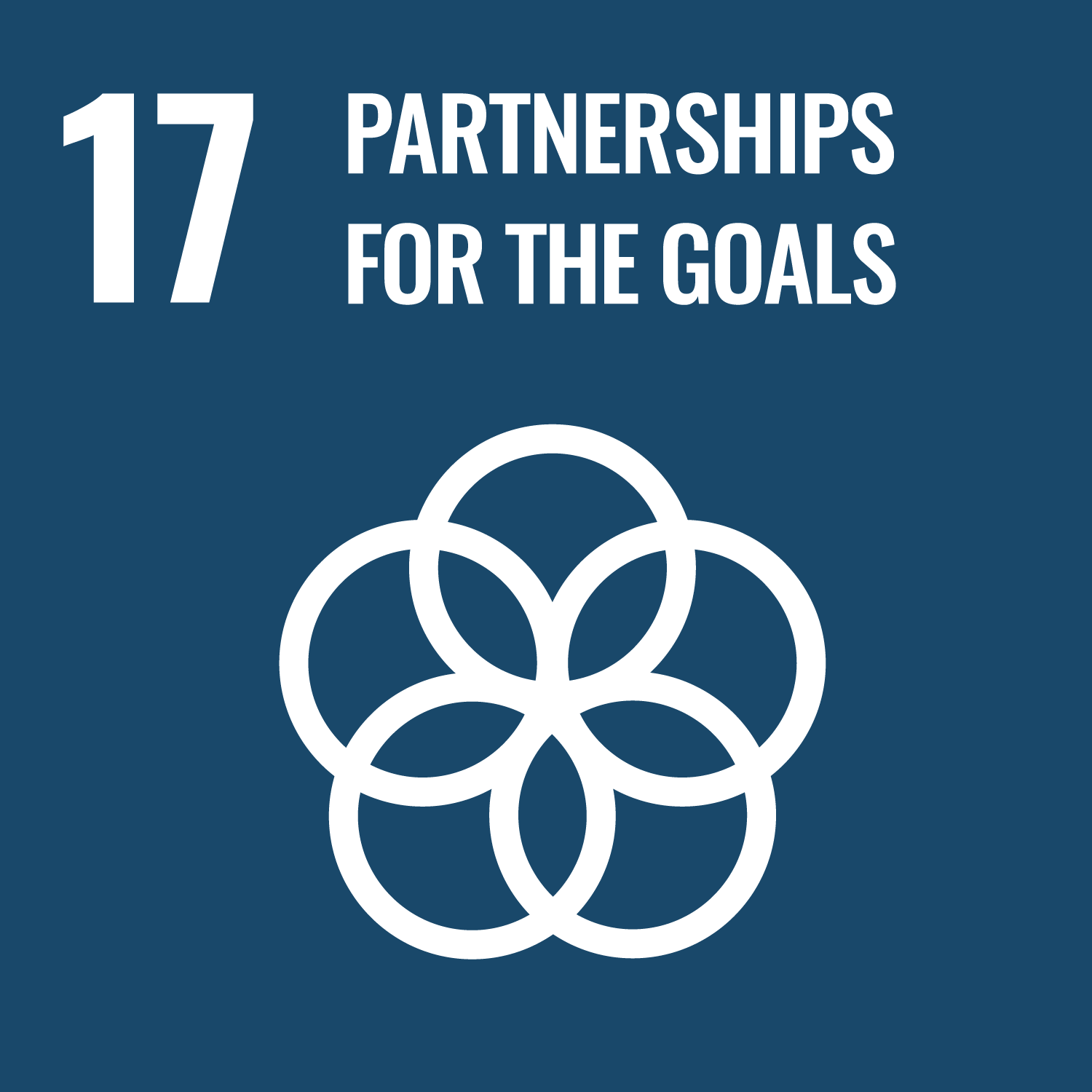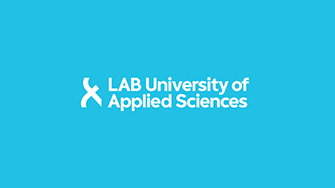Beyond the years of jeopardy - Education model for the new fine art working life
The profession of a visual artist is highly versatile. Earlier, the professional image was more specialized, when the competence of the visual artist was emphasized on certain traditional methods, such as painting or sculpture. The contents of fine arts have become increasingly more diversified with new techniques, thus making the professional image of a visual artist more versatile. However, due to the diversification of the professional image graduating students feel more insecure about their professional identity. The curricula of the universities of applied sciences are still based on the times past, when recently graduated students identified themselves with the field of fine arts by a certain technique.
The challenge in the profession of a visual artist is that there are no ready jobs for the group of professionals in question. Everyone must create their own professional career and job independently.
The need in the project is to reorganize the higher education studies of the visual artist to better meet the models of new work. There is a need to develop the basic degree of a visual artist to meet the correspondence to working life, to compress the study time by studification and recognition of prior learning. In addition, there is a need to develop a management model for the critical post-graduation years in order to prevent leaving the field. Moreover, the need for the post-basic degree management model exists because it guides some of the visual artists towards the Master´s degree in Culture and Arts, which for its own part supports the principles of lifelong learning. The need for development in Master´s degree in Culture and Arts is assuring the ability of the field to renew itself.
The goal of the project is to establish a joint national network model for fine arts universities of applied sciences, which supports the students graduating from universities of applied sciences and fine arts in the transition to increasingly working life-oriented surroundings. With the help of the model, the students´ preparedness for activities encouraging for more flexible and innovative cooperation between different fields along the new work-theme has improved.
The objective of cooperation between higher education institutions is to compress the duration of studies by studification, thus quickening the transition to working life.
In universities of applied sciences´ fine arts education, the long-term effects include development of correspondence to working life and development of new visual artists´ competence to act in multisectoral working groups as a specialist. Furthermore, in the long run the education model affects the teaching and contents of fine arts to better highlight the principles of sustainable development, as they are essential elements of new work. The applicant profile in fine arts and in the creative industry in general is predominantly female and thus the position of especially young women in working life is developed.
The challenge in the profession of a visual artist is that there are no ready jobs for the group of professionals in question. Everyone must create their own professional career and job independently.
The need in the project is to reorganize the higher education studies of the visual artist to better meet the models of new work. There is a need to develop the basic degree of a visual artist to meet the correspondence to working life, to compress the study time by studification and recognition of prior learning. In addition, there is a need to develop a management model for the critical post-graduation years in order to prevent leaving the field. Moreover, the need for the post-basic degree management model exists because it guides some of the visual artists towards the Master´s degree in Culture and Arts, which for its own part supports the principles of lifelong learning. The need for development in Master´s degree in Culture and Arts is assuring the ability of the field to renew itself.
The goal of the project is to establish a joint national network model for fine arts universities of applied sciences, which supports the students graduating from universities of applied sciences and fine arts in the transition to increasingly working life-oriented surroundings. With the help of the model, the students´ preparedness for activities encouraging for more flexible and innovative cooperation between different fields along the new work-theme has improved.
The objective of cooperation between higher education institutions is to compress the duration of studies by studification, thus quickening the transition to working life.
In universities of applied sciences´ fine arts education, the long-term effects include development of correspondence to working life and development of new visual artists´ competence to act in multisectoral working groups as a specialist. Furthermore, in the long run the education model affects the teaching and contents of fine arts to better highlight the principles of sustainable development, as they are essential elements of new work. The applicant profile in fine arts and in the creative industry in general is predominantly female and thus the position of especially young women in working life is developed.
Project period
-
Project state
Finished
Project area
National
Project funding
ESR 2014-2020 Flat Rate

Read more about the project
LAB role
Partner
Unit
Institute of Design and Fine Arts
Project focus area
Design


